The plates of flat plate heat exchangers are mounted in such a way so that the flow of hot and cool liquid runs counter to the other without coming into direct contact. The plates used in the mechanism are typically fabricated from a conductive metal such as stainless steel or aluminum. Read More…
Enerquip is your trusted shell and tube heat exchanger partner. Our in-house, thermal design engineers and ASME welders and fabricators can design and build custom engineered solutions for your company’s specific needs. Our experience and expertise have earned us a preferred supplier status with leading companies in the pharmaceutical, food and beverage, cannabis, personal care, chemical,...
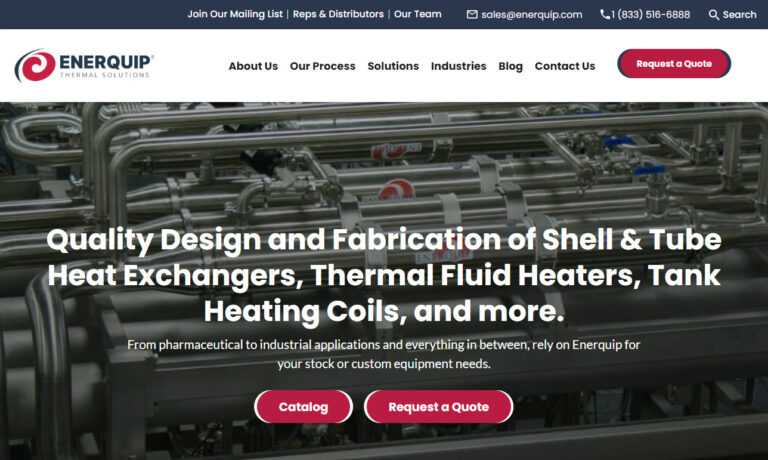
At Harris Thermal Transfer Products, we specialize in delivering cutting-edge heat exchangers designed to meet the diverse needs of our clients. We excel in producing a wide range of thermal management solutions, from standard models to highly customized systems. Our commitment to innovation and quality ensures that our heat exchangers provide superior performance, reliability, and efficiency.

Since 1947, Perry Products Corporation has been a trusted designer, manufacturer and long term heat exchanger partner for our customers. In addition to custom thermal engineered shell and tube heat exchangers, Perry maintains a line of partially fabricated but still customizable ASME heat exchangers in stock and ready to ship quick. Direct and honest communication and on time delivery is one of...

At Ward Vessel and Exchanger, we take pride in designing and manufacturing heat exchangers and pressure vessels that reflect the depth of our engineering experience and our dedication to long-term performance. We approach every project with a commitment to understanding our customers’ thermal and mechanical requirements, allowing us to create custom heat exchanger solutions that maximize...
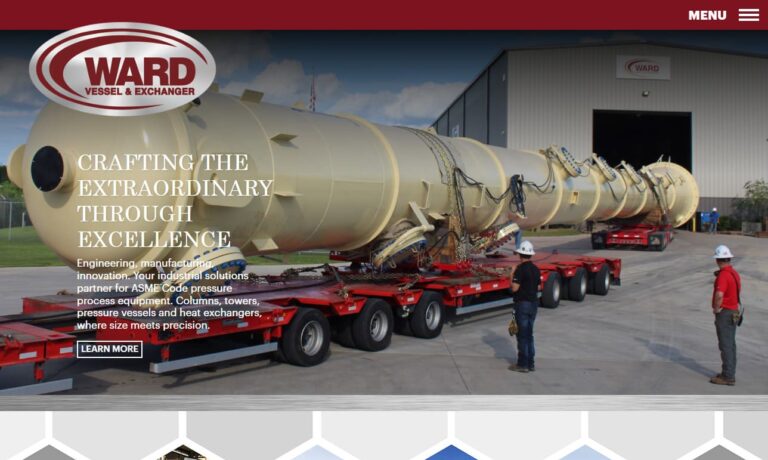
Doucette Industries has been a leader in suction line heat exchangers, shell and tube heat exchangers, marine heat exchangers, plate heat exchangers and tube-in-tube water cooled condensers since 1975. We offer full customization services, and experienced staff, rapid response to your inquiries and a wide selection of cutting edge products. Please visit our website for more information.
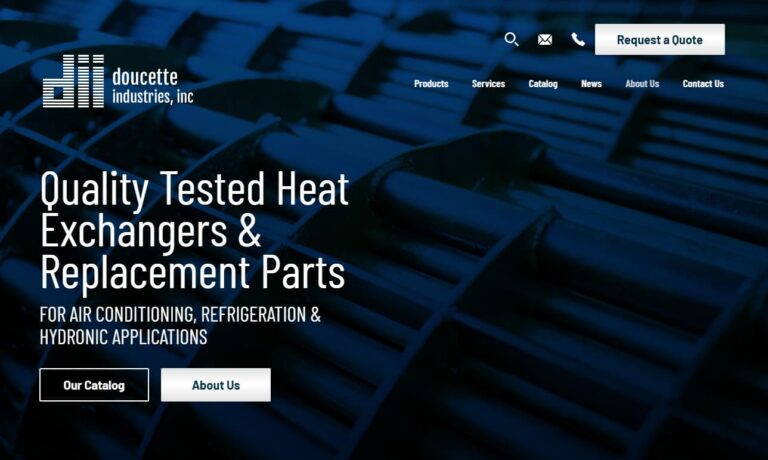
At West Warwick Welding, we bring together decades of fabrication experience and a commitment to precision workmanship to support customers who rely on durable, high-performance heat exchanger solutions. We operate as a fully integrated welding and fabrication shop, and we take pride in managing every stage of production with the same level of care, from the initial design consultation to the...
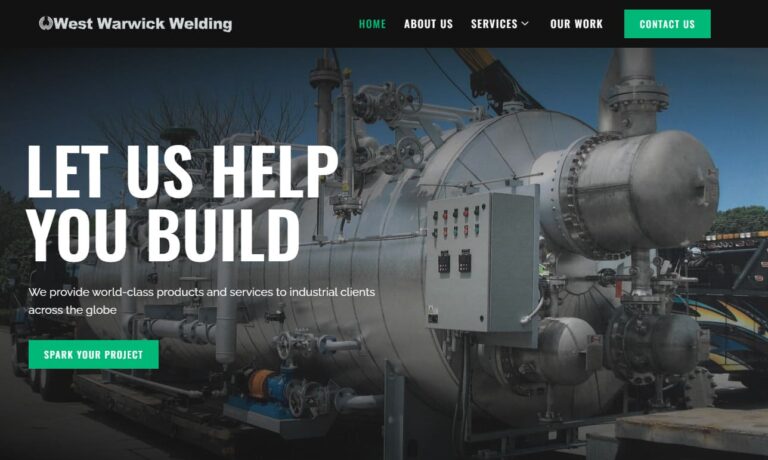
More Plate Heat Exchanger Manufacturers
The plates will come under a certain amount of pressure due to the temperature changes and pressure of flow, therefore the material chosen needs to be durable. There is also a chance of thermal stress and shock as one side of the plate is exposed to cool liquid while the other side is exposed to heated liquid.
As the respective temperatures are absorbed by the plate, it may experience some stress and needs to be strong enough to maintain its shape under that stress. Plate heat exchangers are used in heating, cooling, steam and industrial processes in equipment such as chillers, refrigeration and HVAC processes. Another common use of these exchangers is in domestic water heating applications using small versions of the mechanisms.
There are many advantages to using plate heat exchangers in place of alternate options such as shell and tube heat exchangers or spiral heat exchangers. Flat plate exchangers are relatively small compared to the amount of liquid they are able to process. They offer high performance results in terms of efficiency as the rate of heat transfer is directly comparable to the amount of surface area available.
The flat plates offer a large surface area, further increased by the addition of a corrugated surface that allows for a large amount of heat to be transferred through the plate at one time. The corrugations also create disruptions in the flow of liquid that increase the exposure of the liquid to the plate surface and therefore further increase the rate of transfer.
Further advantages include the low installations costs and typically low maintenance costs of plate heat exchangers. While certain materials processed with these exchanges may leave residual traces on the plates that require cleaning, the structures generally are simple and durable. Plate heat exchangers can also be used in the process of waste heat recovery, allowing manufacturers to make their processes greener.


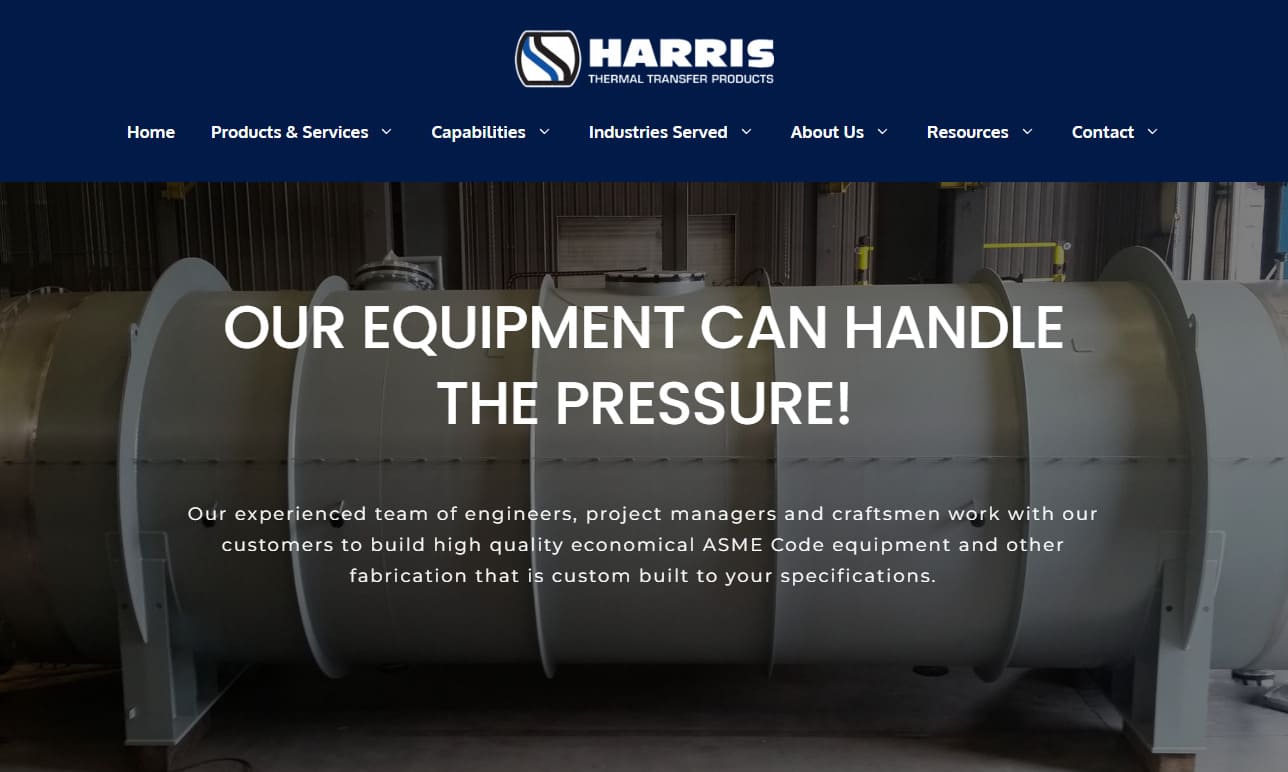
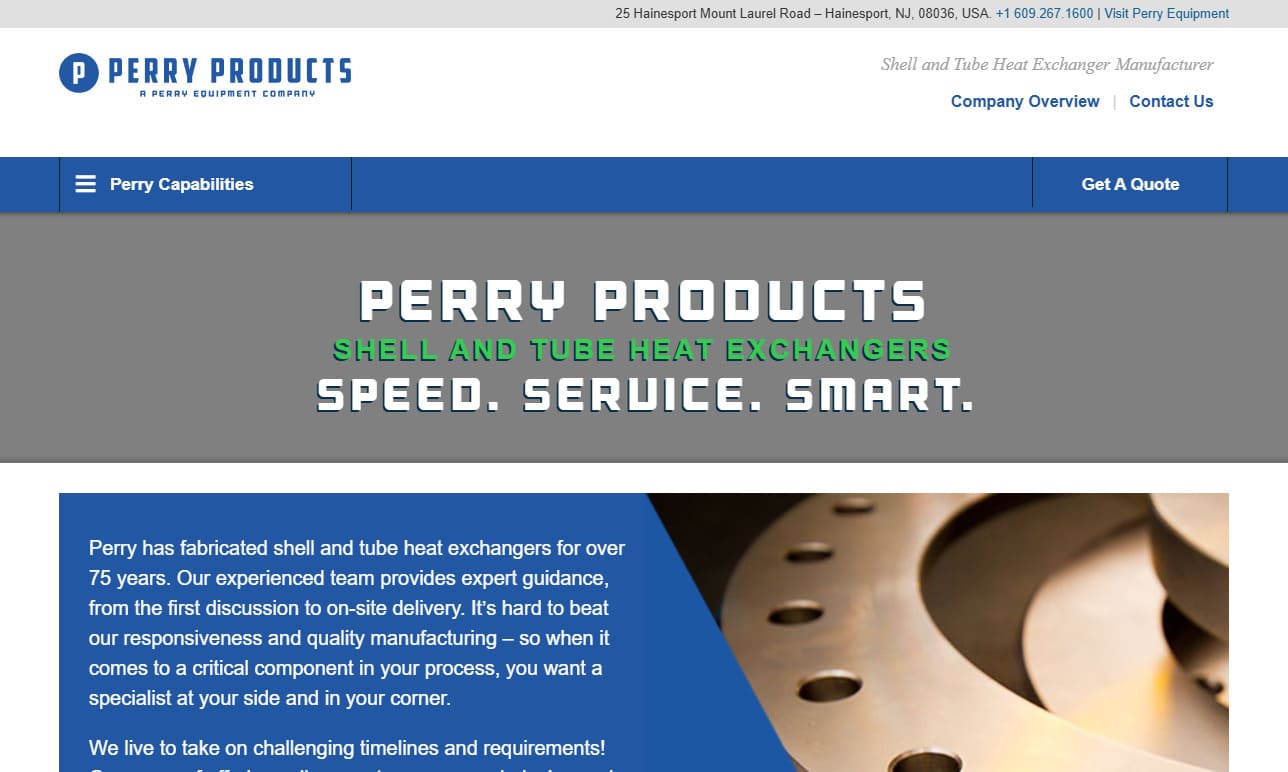
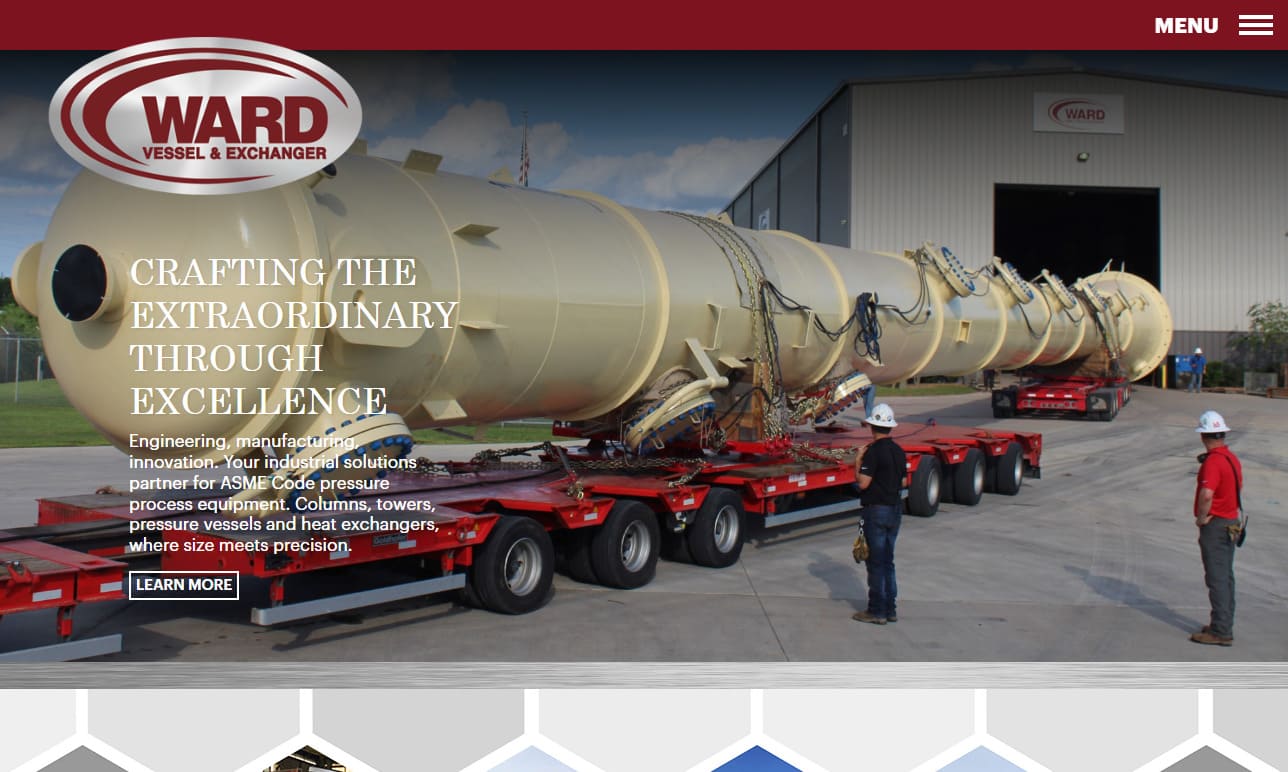
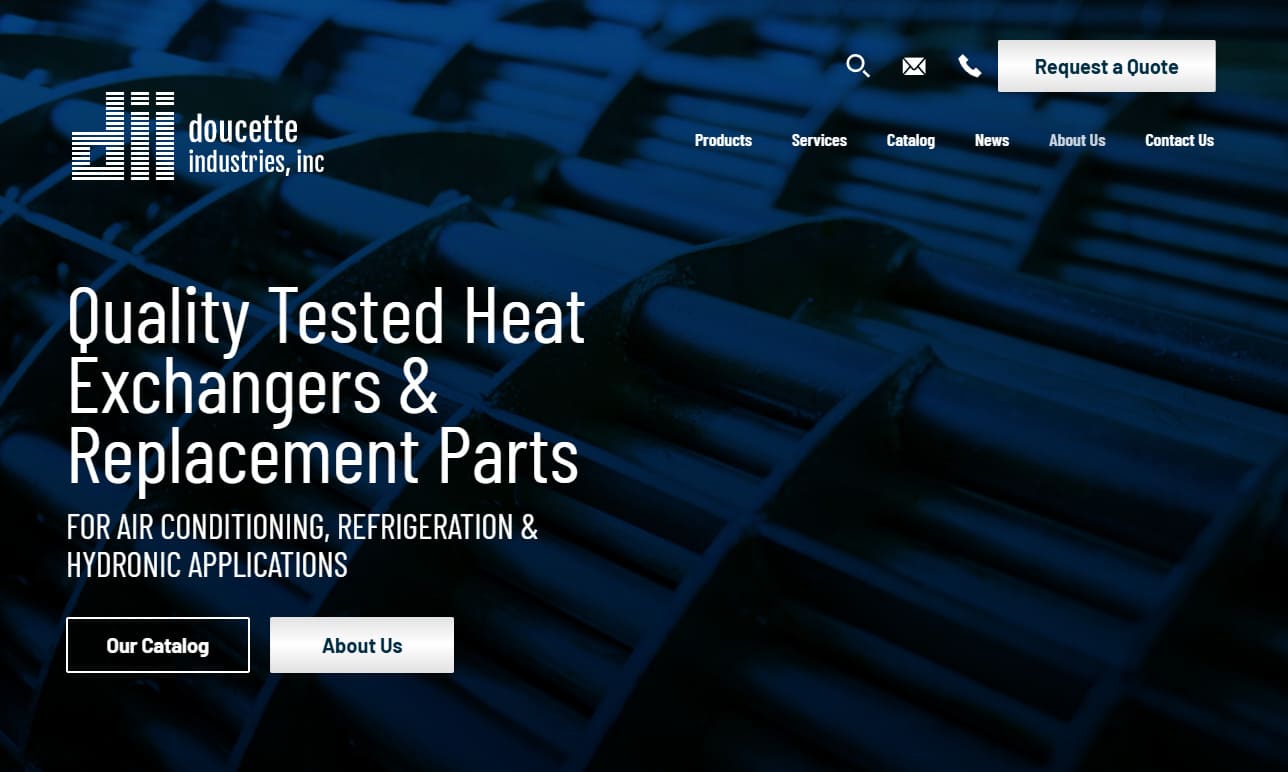
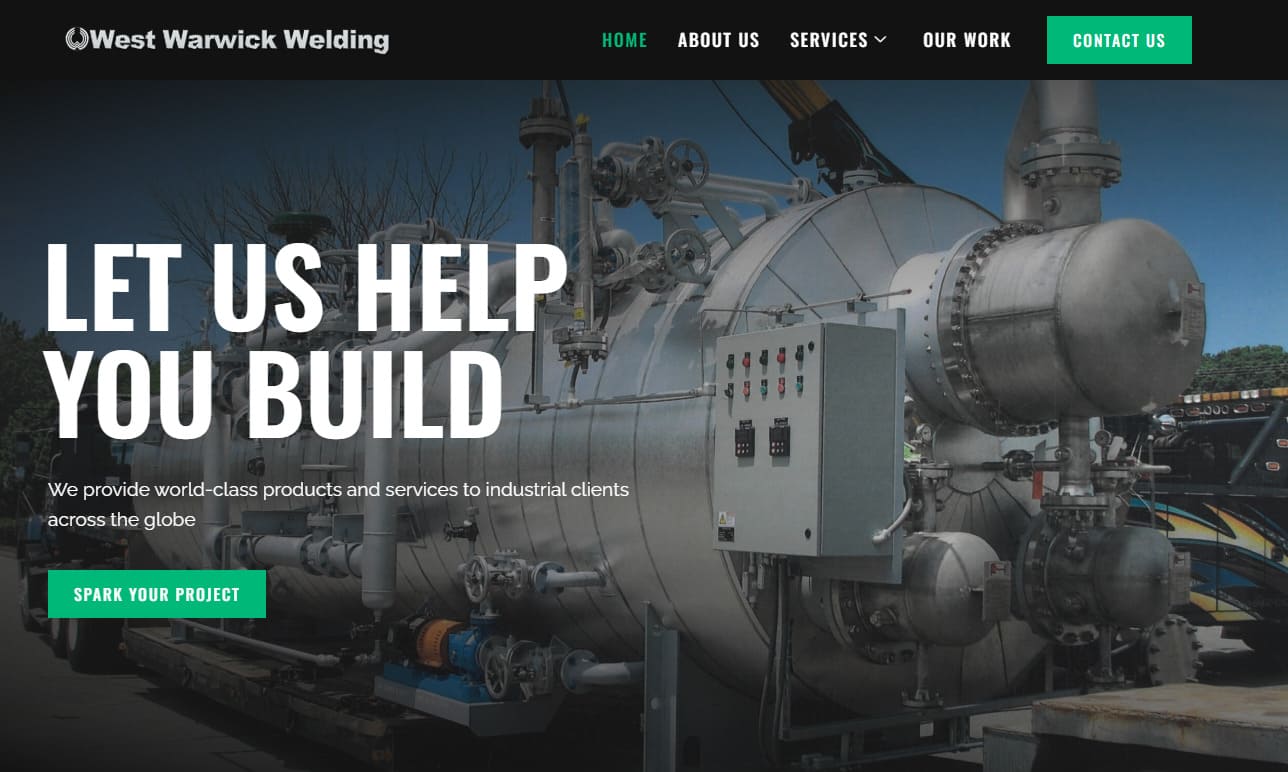
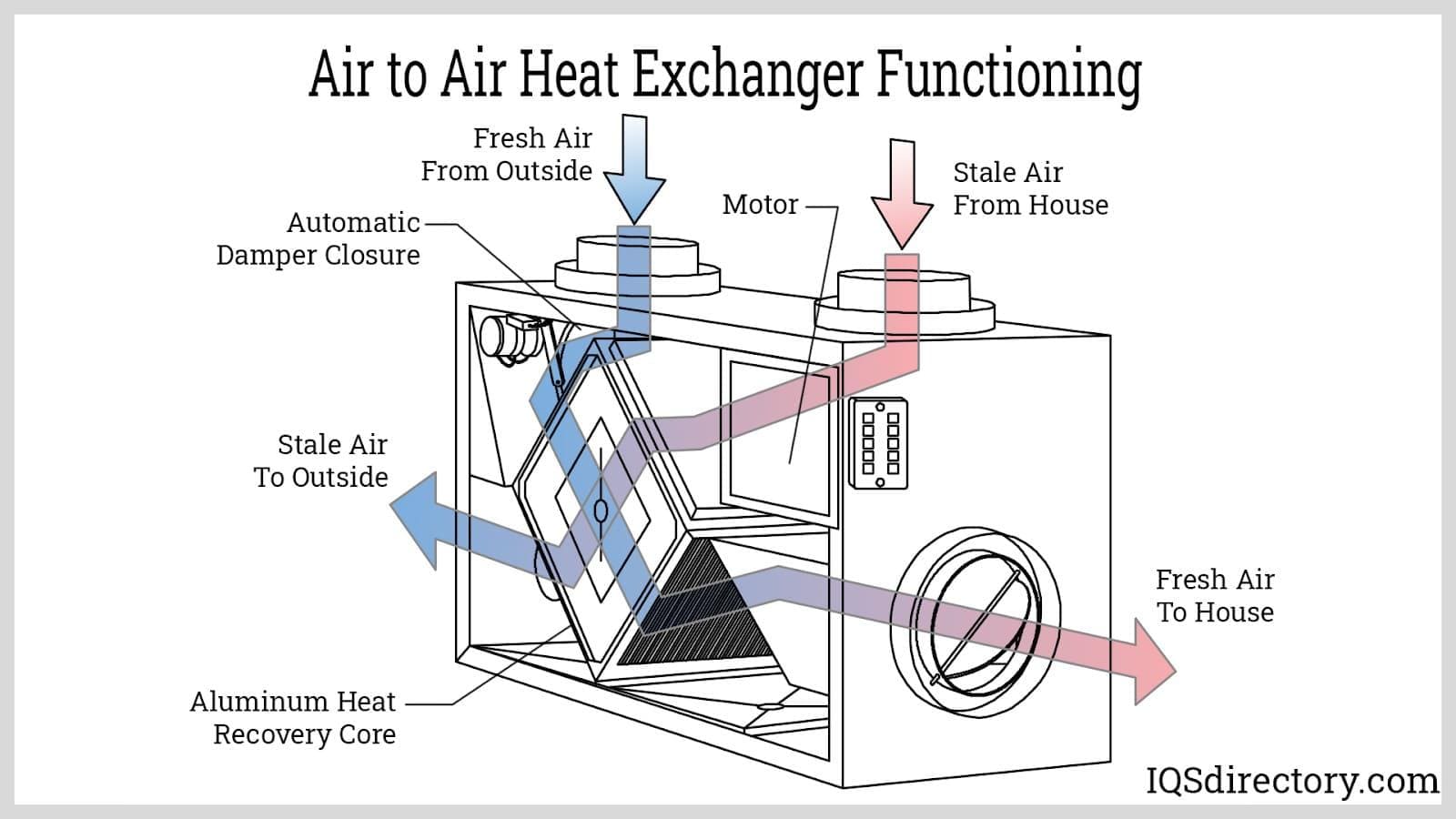
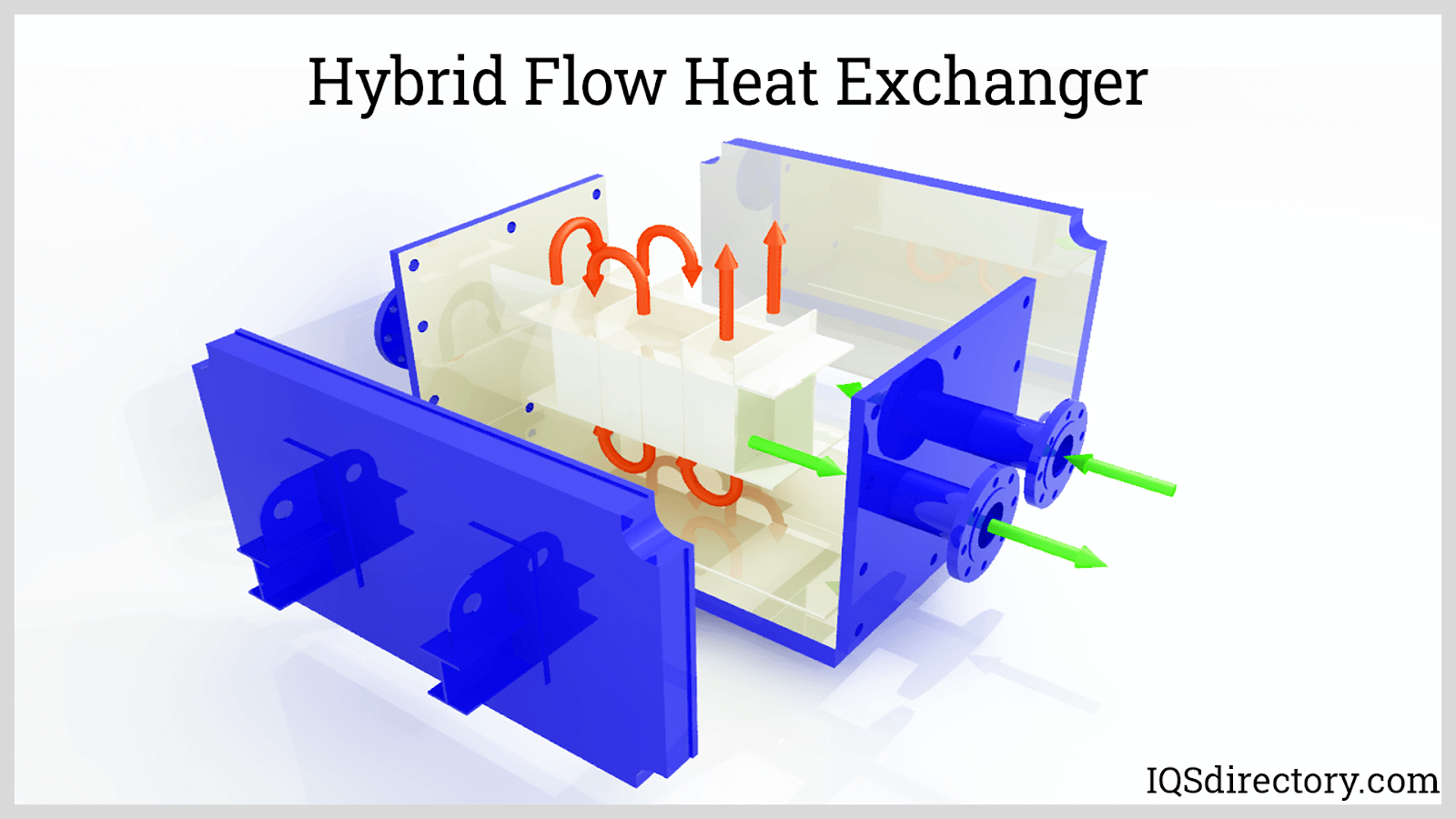
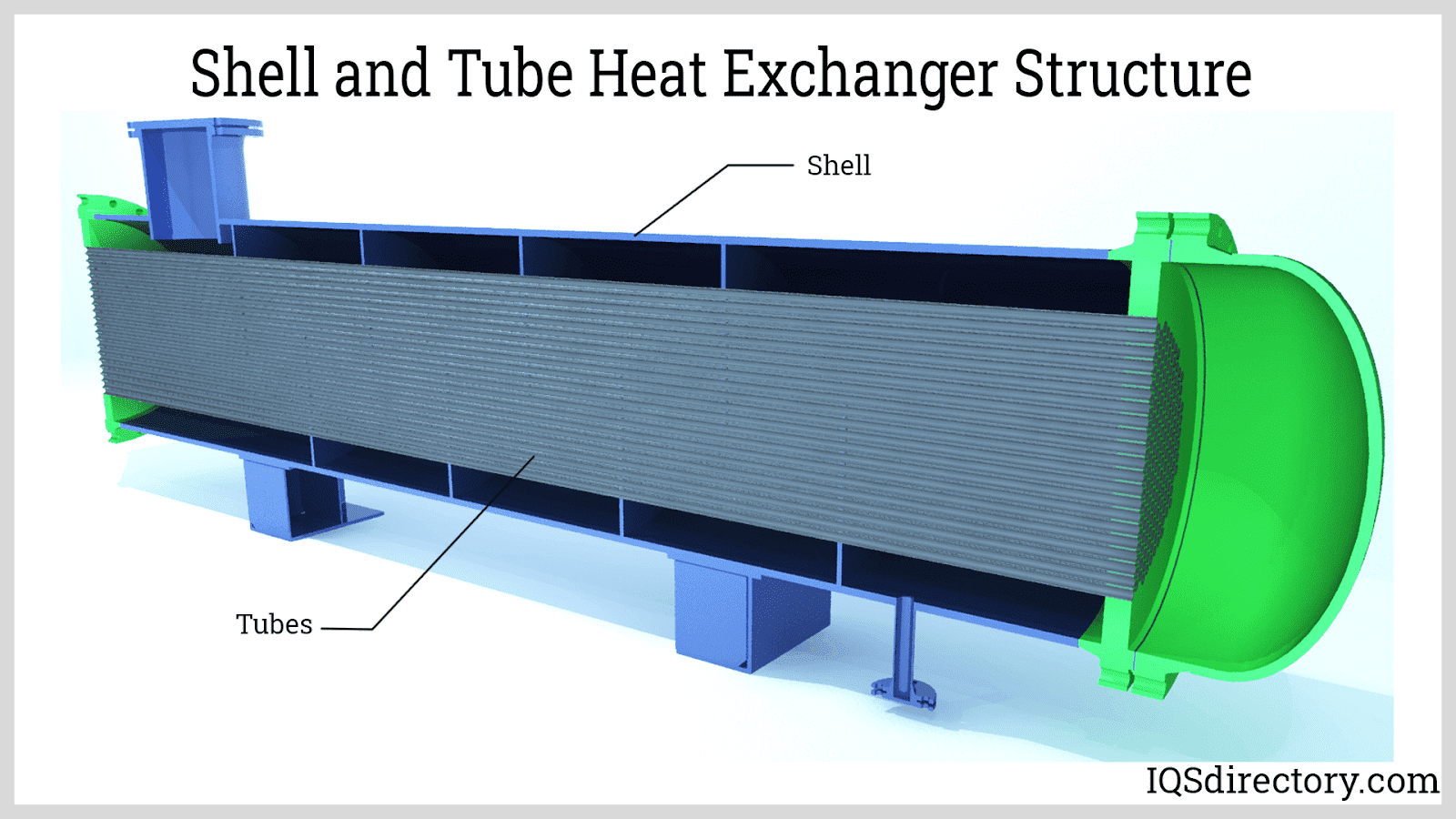
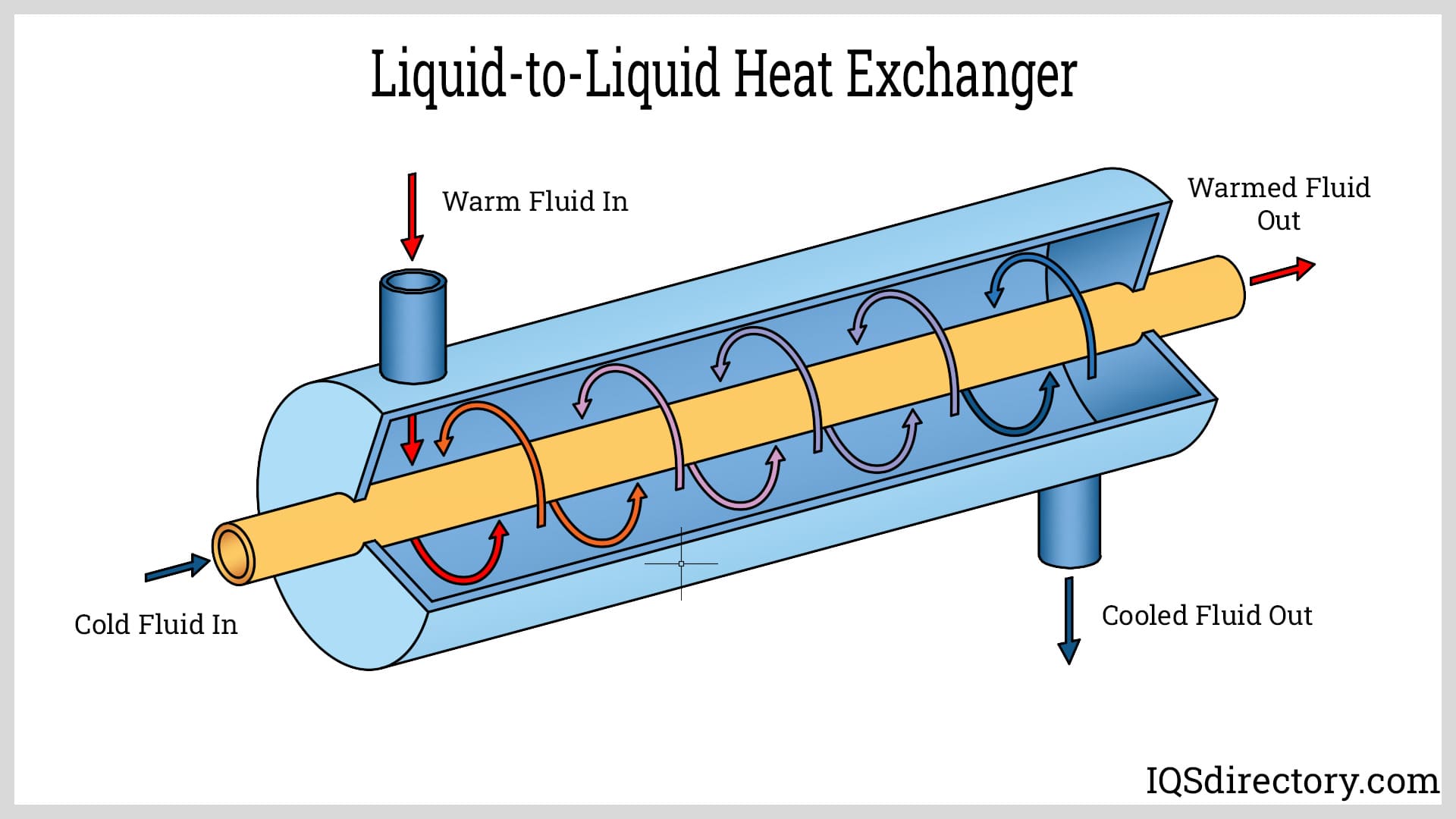
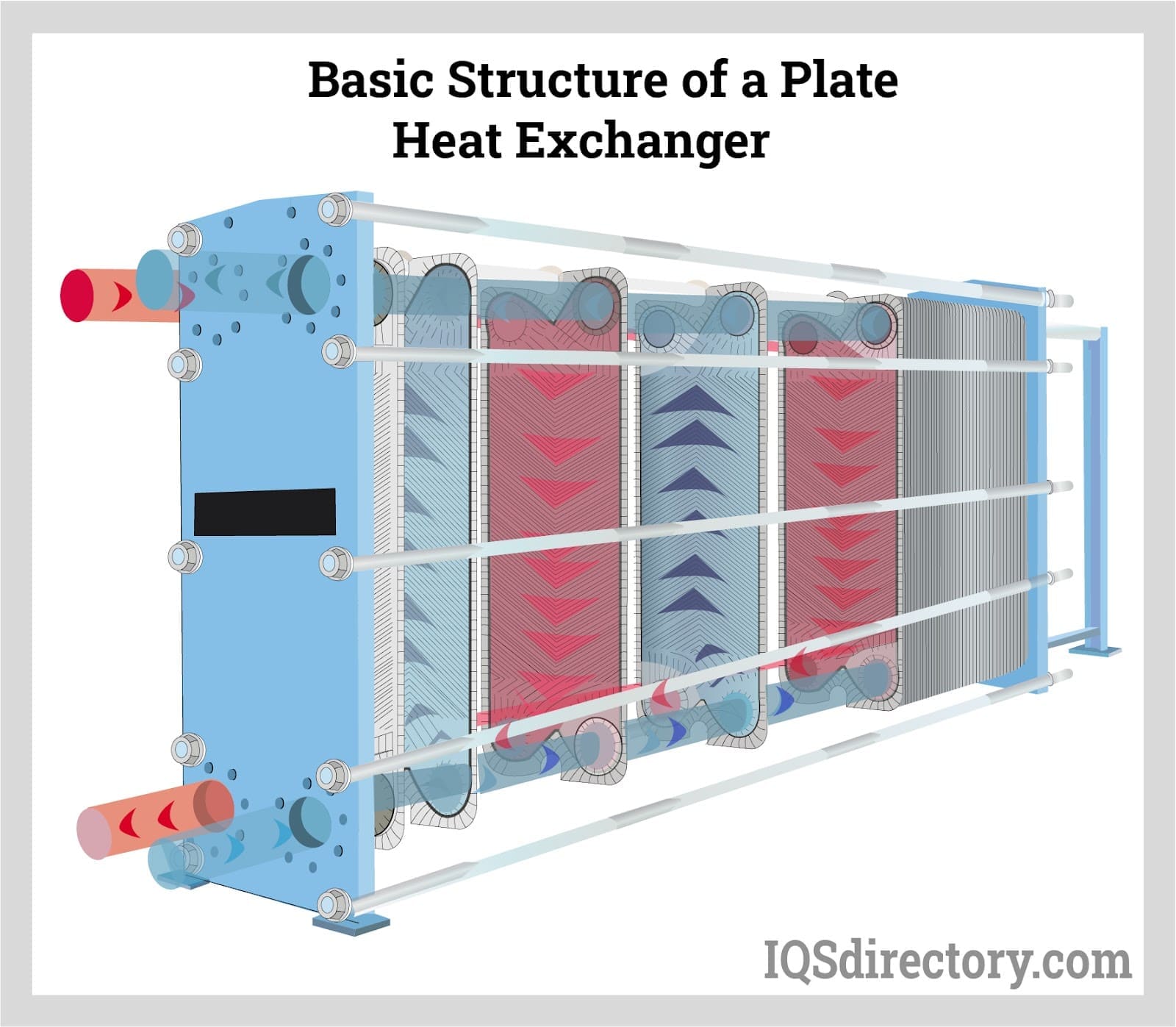
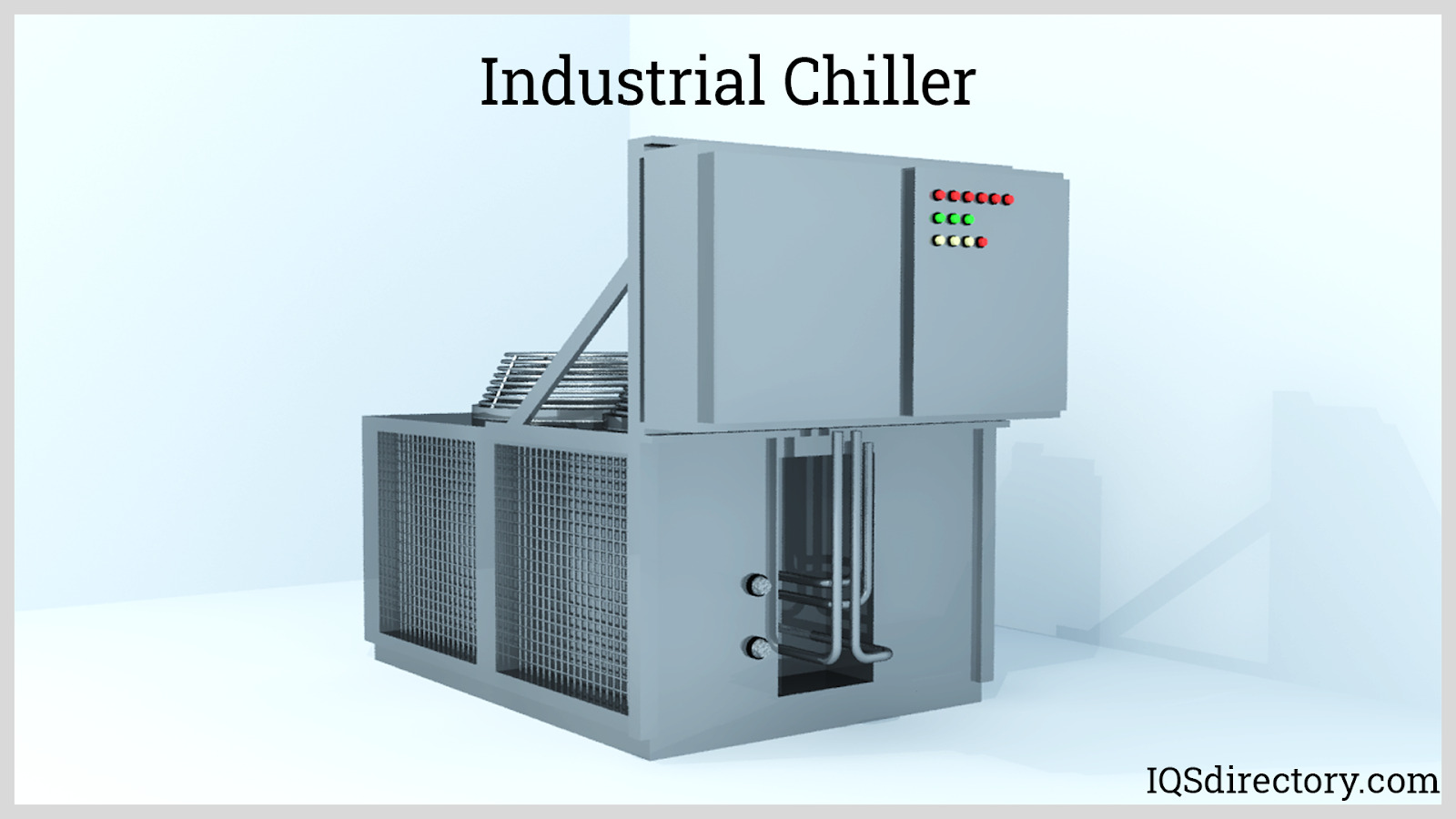
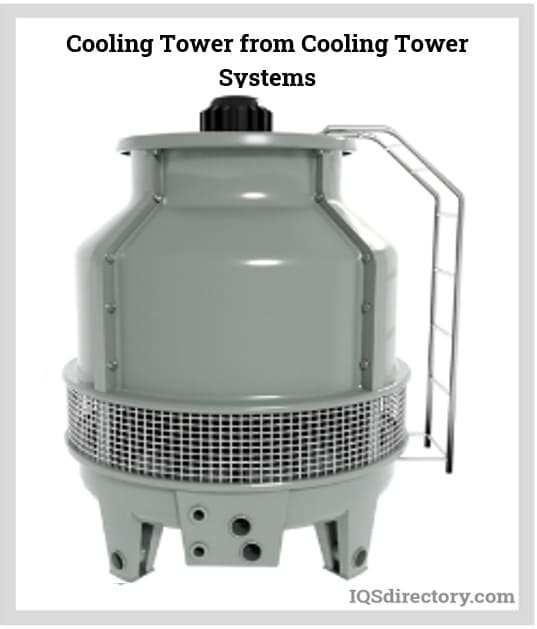
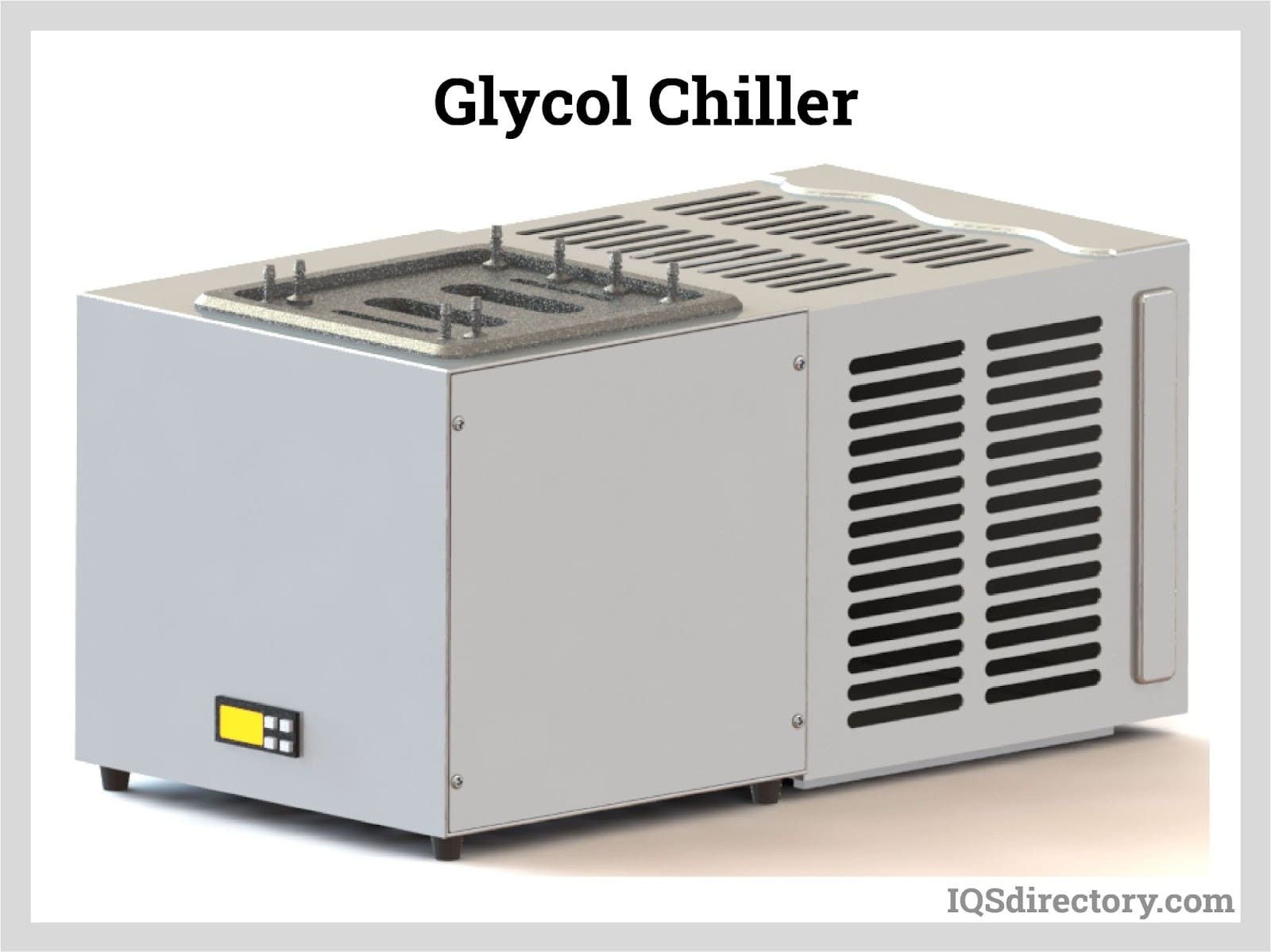
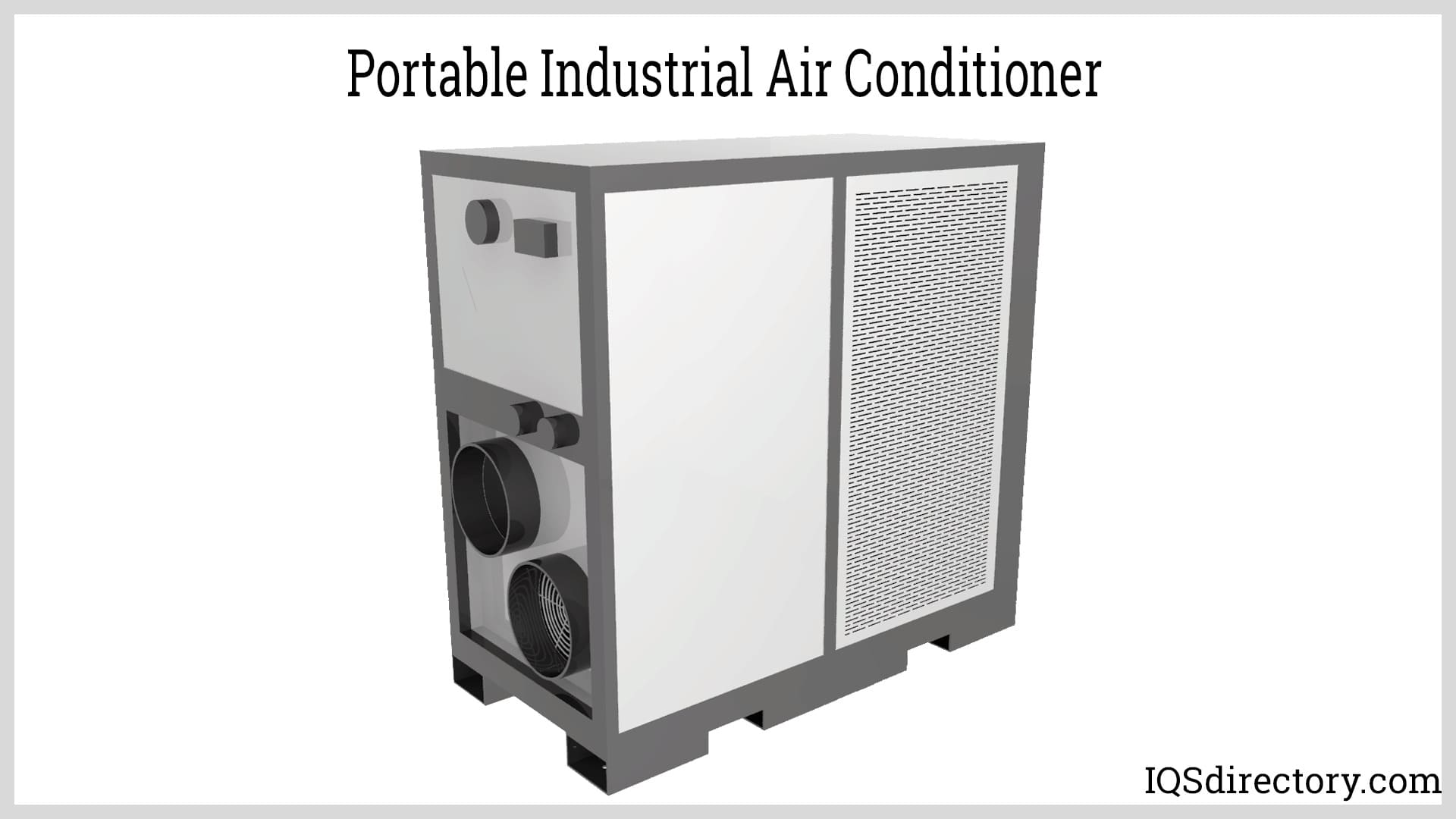
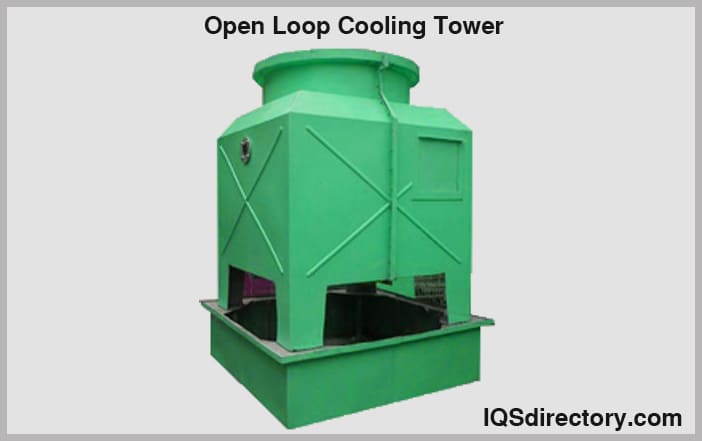
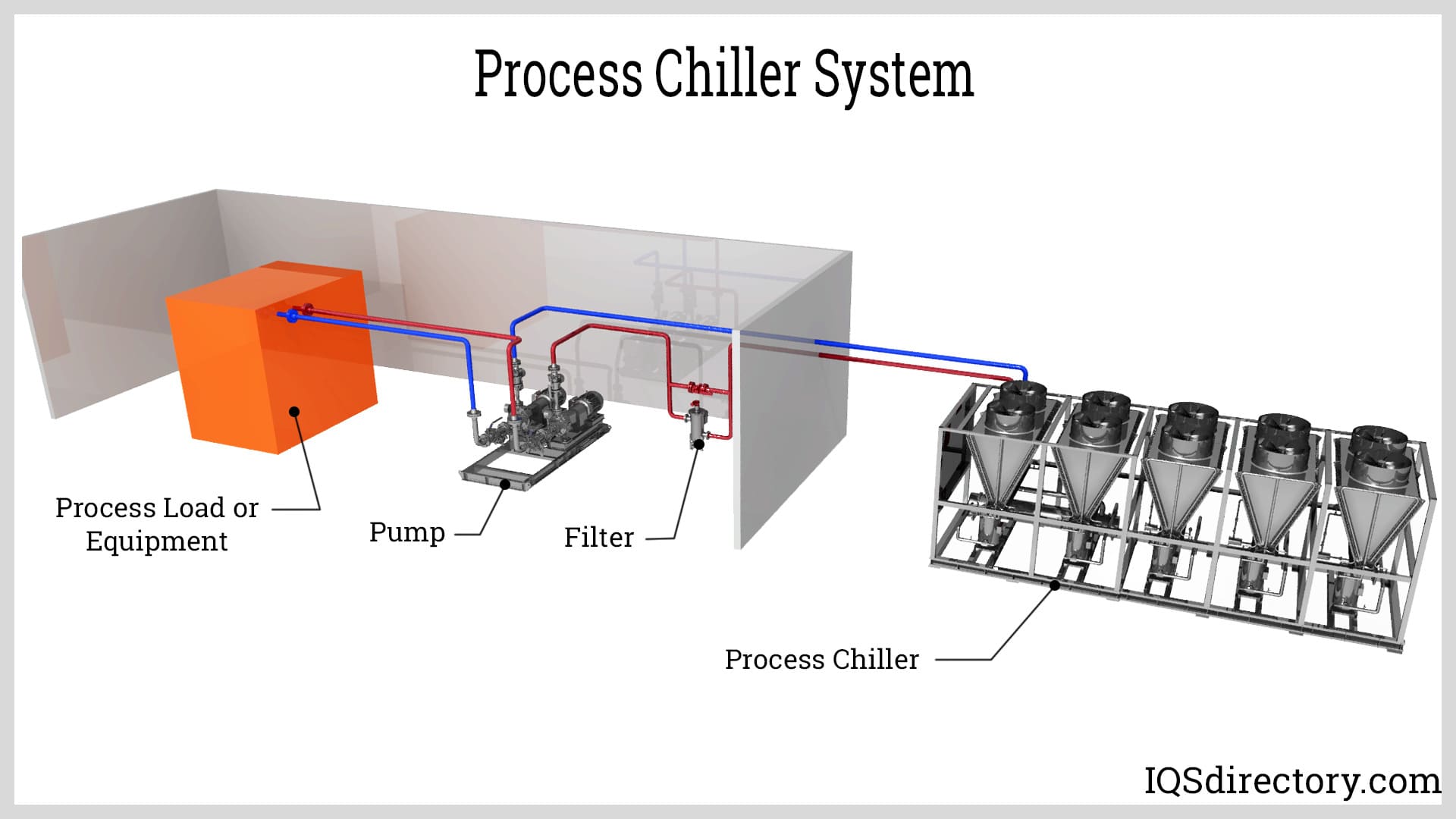
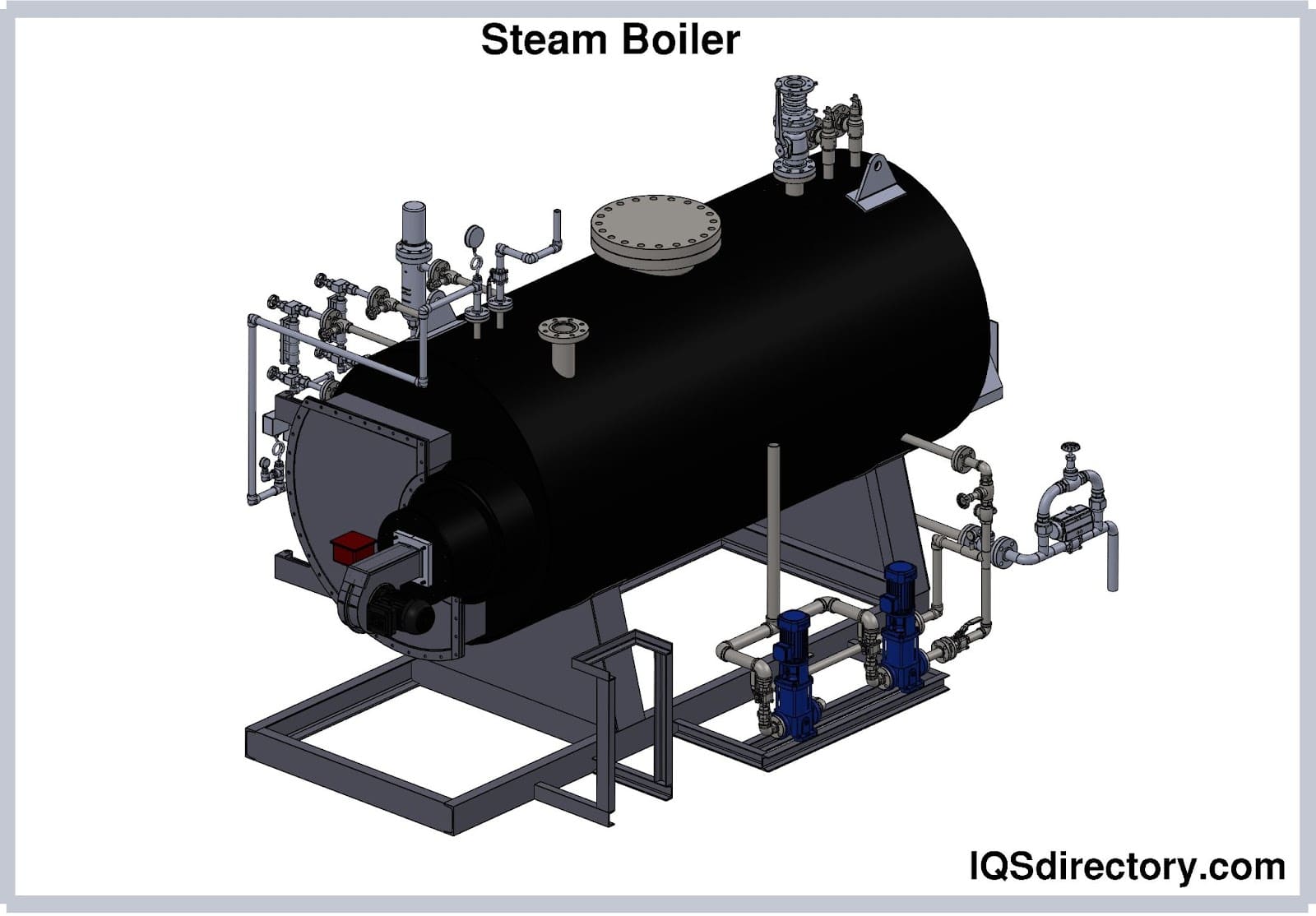
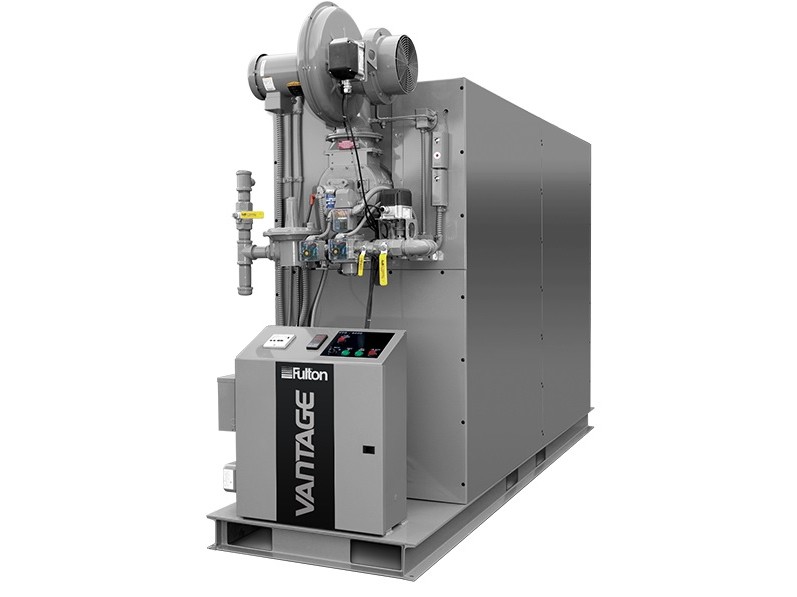 Boilers
Boilers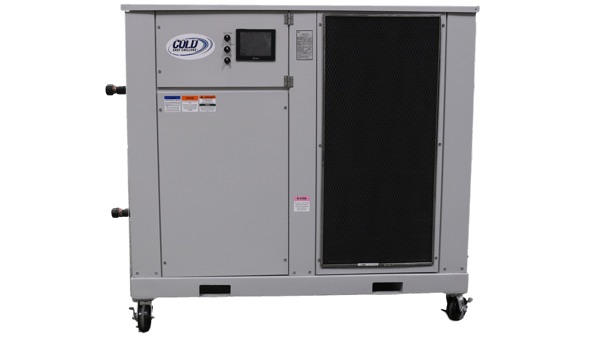 Chillers
Chillers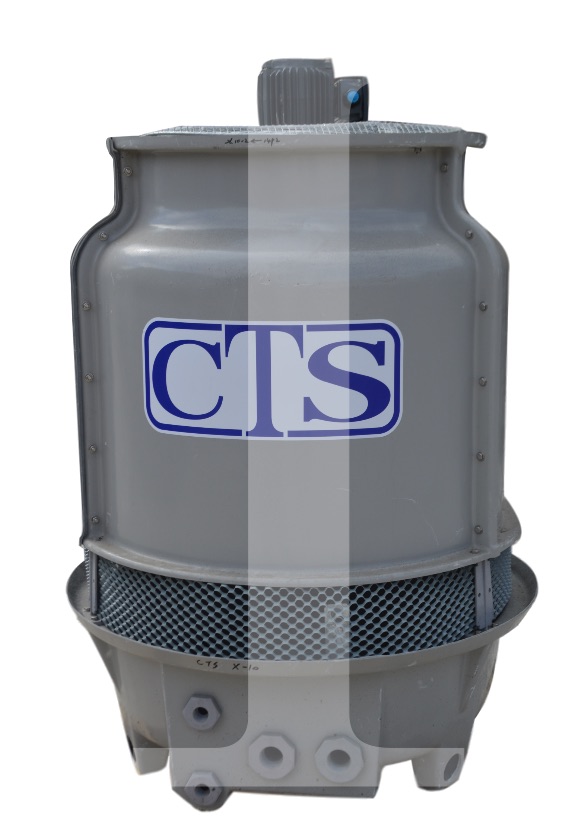 Cooling Towers
Cooling Towers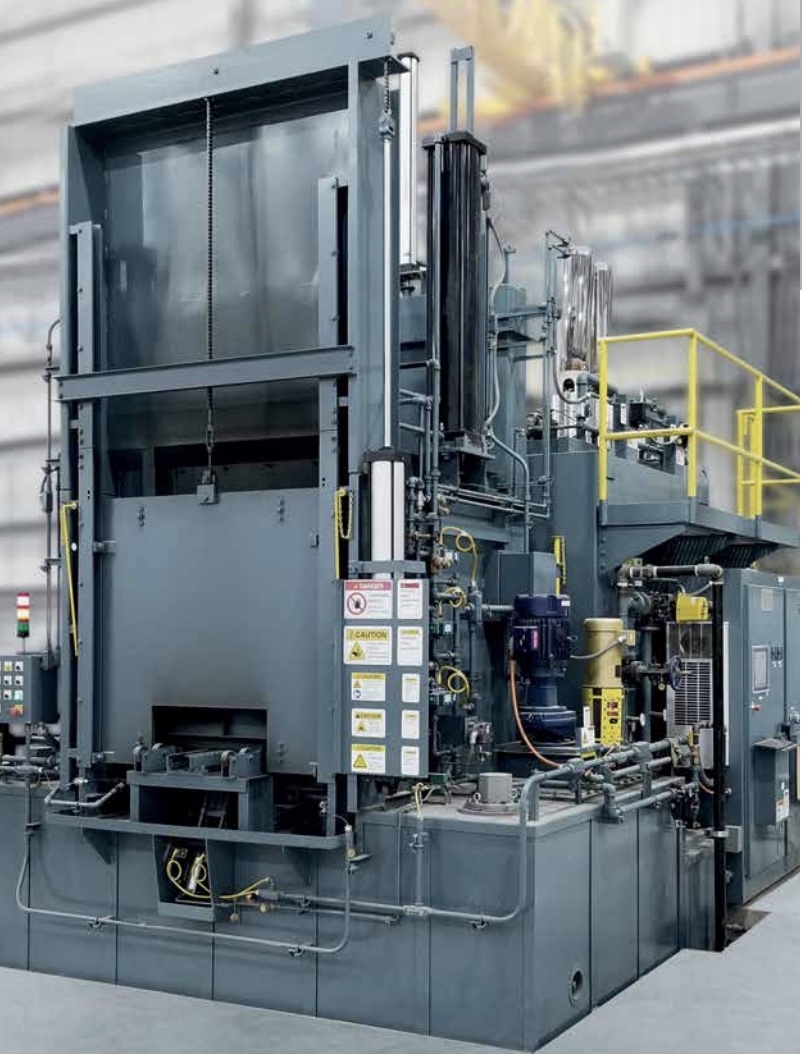 Furnaces
Furnaces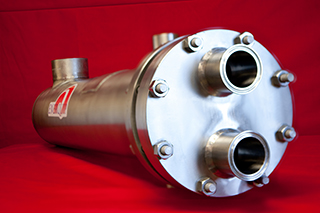 Heat Exchangers
Heat Exchangers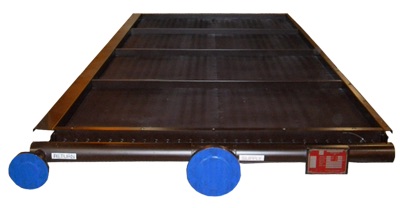 Heat Transfer Equipment
Heat Transfer Equipment Castings & Forgings
Castings & Forgings Bulk Material Handling
Bulk Material Handling Electrical & Electronic Components
Electrical & Electronic Components Flow Instrumentation
Flow Instrumentation Hardware
Hardware Material Handling Equipment
Material Handling Equipment Metal Cutting Services
Metal Cutting Services Metal Forming Services
Metal Forming Services Metal Suppliers
Metal Suppliers Motion Control Products
Motion Control Products Plant & Facility Equipment
Plant & Facility Equipment Plant & Facility Supplies
Plant & Facility Supplies Plastic Molding Processes
Plastic Molding Processes Pumps & Valves
Pumps & Valves Recycling Equipment
Recycling Equipment Rubber Products & Services
Rubber Products & Services